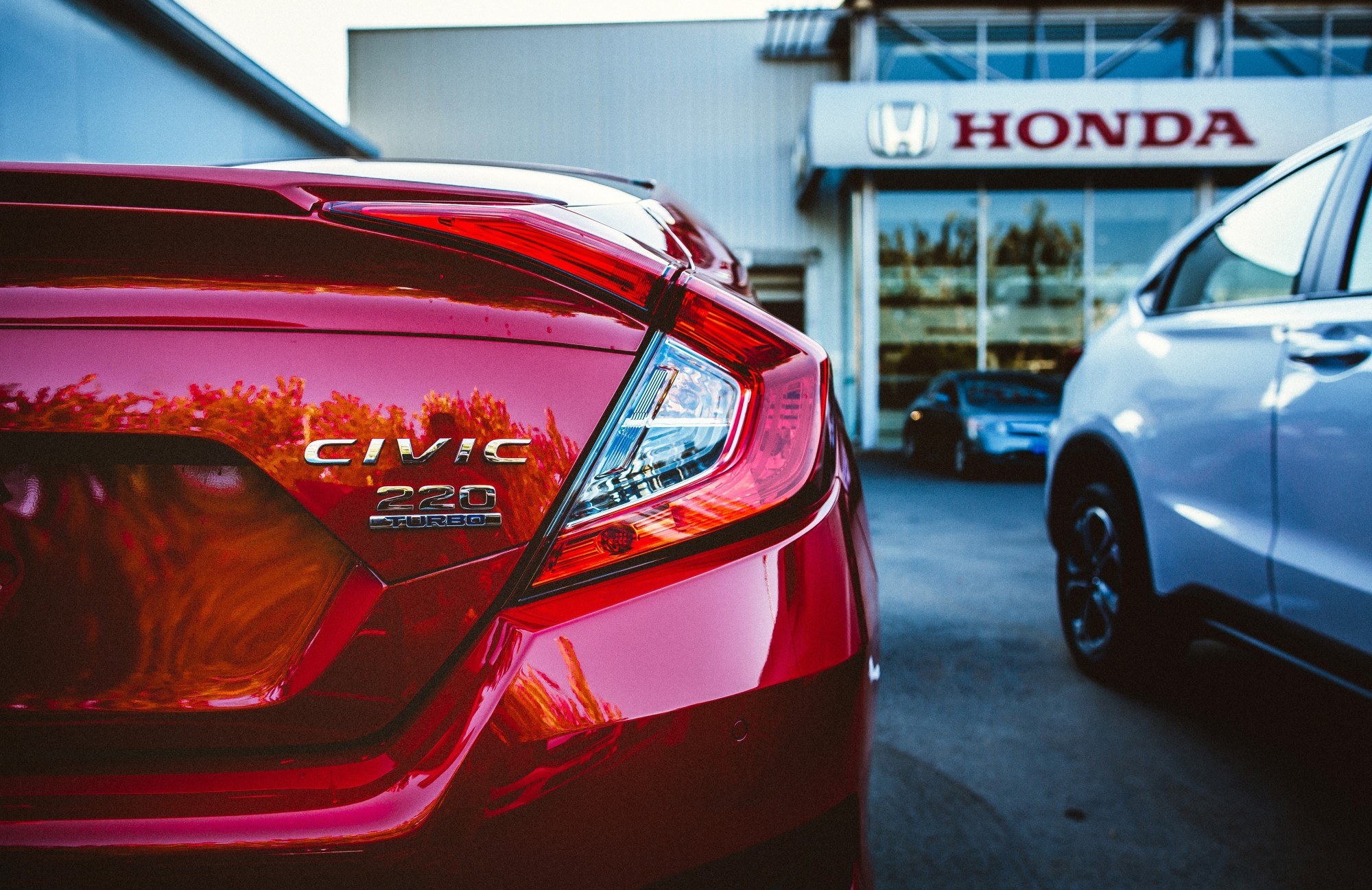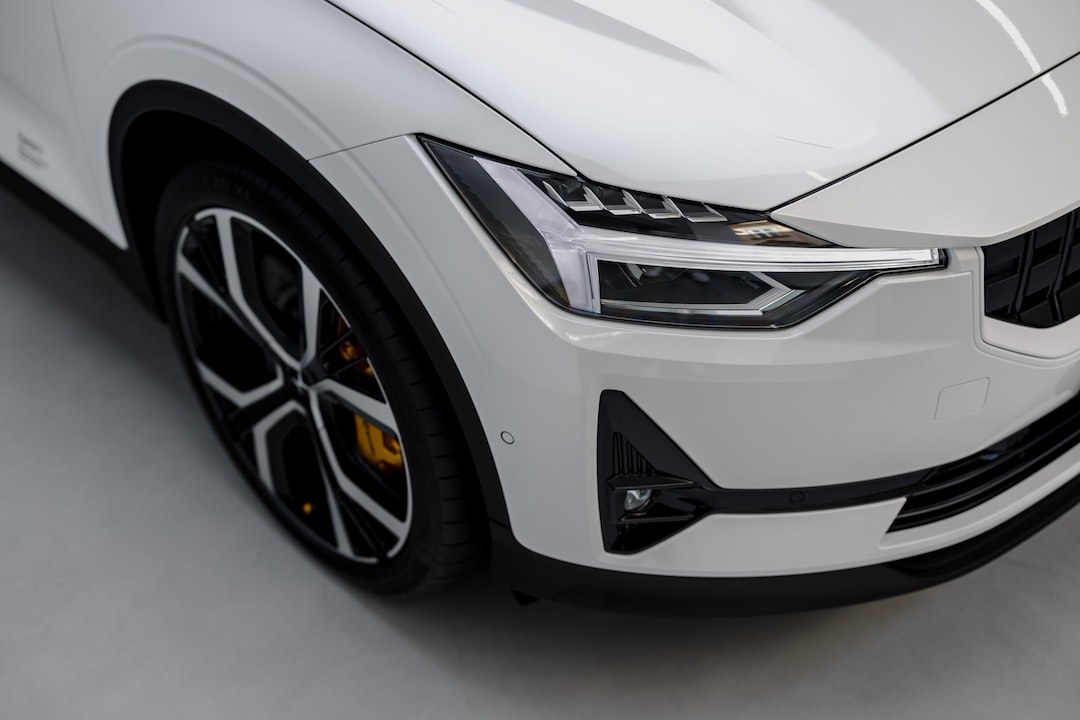Did you know that new cars lose a whopping 20% of their value in just the first year? That's car depreciation, which means a huge chunk of your money goes down the drain! But wait, there is a smarter way: you can buy a used car.
However, navigating the used car market can feel overwhelming. With so many factors to consider, how do you ensure you're getting a good deal and a safe, reliable car? Don't worry; we have got you covered.
In this guide, we will walk you through everything you need to look for when buying a used car. So, let’s begin!
8 Things to Consider When Buying a Used Car
Here are some essential aspects that you must look for when deciding to invest in a used car:
1. Check Engine’s Condition
The state of the engine can reveal a lot about a car. For this, you need to inspect the engine oil. If it appears to be creamy or have a color similar to that of coffee, there is a chance that coolant is getting mixed with it. This is a big red flag, indicating issues with the engine.
Furthermore, take the car on a test drive and then examine the engine oil. The presence of sludge is a sign that engine components are malfunctioning.
2. Exhaust Smoke
During the evaluation of a used car, you must pay attention to the exhaust smoke’s color as it indicates different issues. Let’s understand them:
- White smoke: A persistent release of white smoke means the engine’s coolant is leaking into the combustion chamber and getting burned there along with fuel.
- Blue smoke: Noticing blue smoke is another warning sign as it is a major occurrence behind oil leakage due to worn seals or rings.
- Black smoke: Black smoke suggests that the engine is burning an extra amount of fuel, which could be due to multiple reasons. These include issues with the injectors, fuel pump, or air intake system.
However, if you observe steam coming out of the vehicle’s exhaust pipe, especially during colder seasons, it is not a cause for concern.
3. Fluid or Oil Leakage
It is also important to check for any fluid or oil leaks in a used car. When test driving, inspect occasionally for any such signs that reflect leakage. You shall examine a few key areas for this, including:
- Engine cover
- Seals
- Hoses
- Beneath the car
If there are no visible indications, the car is fit to purchase.
4. Rust on Vehicle’s Body and Accidental History
If the used car has rust on its body parts or possesses a history of accidents, do not make the mistake of purchasing it.
To detect corrosion, examine the rust-prone areas, like the vehicle’s pillars, body panels, trunk area, and radiator support. But why is it important to consider this aspect? Basically, the presence of rust means that the car’s overall structure will weaken over time, making it hazardous to drive around.
Similarly, to check for any accidental damage, pay attention to the radiator core support present at the front under the hood. If its joints are misaligned or show signs of repair, avoid buying the vehicle for your safety.
5. On-Board Diagnostic Codes (OBD)
When it comes to On-Board Diagnostic Codes, you can typically find them in two types: history and permanent. It is easy to read them through a scanner that connects to the vehicle. If there is a permanent code, avoid buying the car, as this indicates the issue associated with the code is still there in the vehicle.
Moreover, it is equally important to know that some sellers may try to scam you by transferring the diagnostic data from a fault-free car to one with issues. Scanners almost fail to recognize these discrepancies, making it crucial to have your vehicle inspected by an expert.
6. Paint
To check the condition of a used vehicle’s paint, you have two major ways. Either do so manually and search for any scratches/dents, or use a gadget like paint thickness gauge or paint depth gauge. This device helps you assess the uniformity of the paint layer across different parts of the vehicle.
7. Abnormal Engine Noises
Also, if you hear abnormal noises from the engine during a test drive, do not buy that car. A vehicle’s engine is a compact entity that does not produce any loud sound. If this happens, it likely means that any of its parts are faulty or loose. The future consequences arising from this issue can be very costly to fix.
8. Condition of the Tyres and Suspension
When inspecting a used car’s condition, pay attention to the tread depth. It should be adequate enough to maintain traction and safety on the road. If it seems to be worn, the tires must be replaced by the vehicle’s owner before you purchase it.
To check for suspension, drive the car over various road irregularities like potholes and speed bumps. During the course, listen for any unsettling noises coming from the car’s suspension. If you hear any, it is likely to be worn or have damaged components that may require repair or replacement.
Experience Seamless Car Delivery with Nexus Auto Transport
To conclude, when shopping for a used car, conduct its thorough examination to make a wise investment. With the comprehensive approach, as outlined in the article, you can identify the potential issues and avoid costly repairs down the line.
That said, if you are looking to further streamline your car buying experience, consider Nexus Auto Transport for your vehicle delivery needs. We offer professional services that will bring your recently purchased used car right to your doorstep.
With around 5,900 skilled drivers at work, we ensure your vehicle arrives safely and on time. Besides, you can also use our shipping calculator to receive instant quotes without any hidden fees.
Visit us or give us a call directly at 224-218-2949 for more details.



![5 Best Online Car Auctions Sites to Buy a Car [2024] image](https://nexusautotransport.com/assets/blog/Looking-for-an-Online-Car-Auction-The-5-Best-Websites-to-Buy-a-Car.jpg)